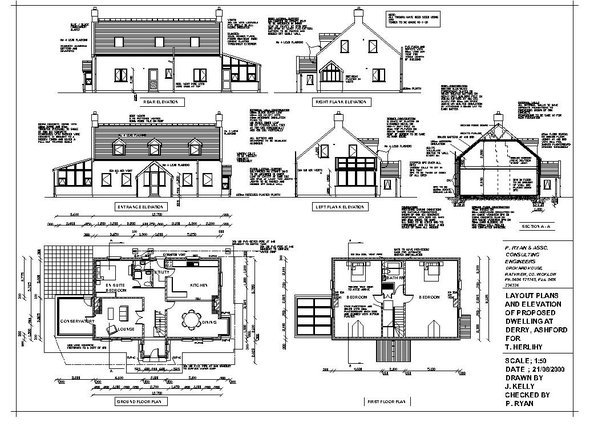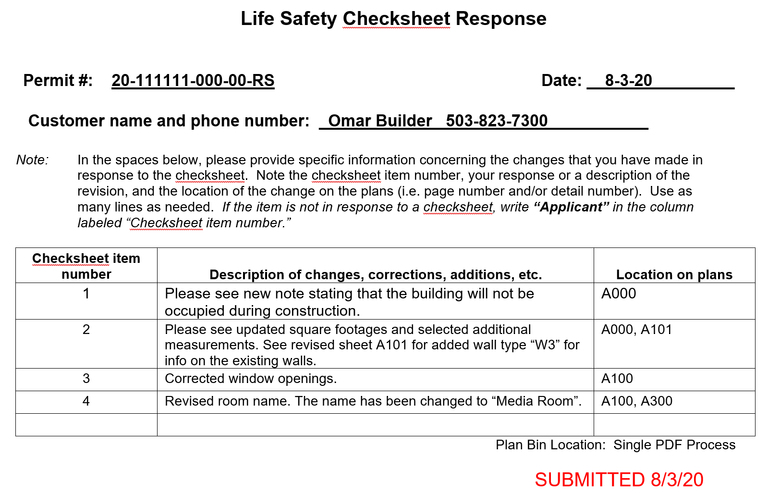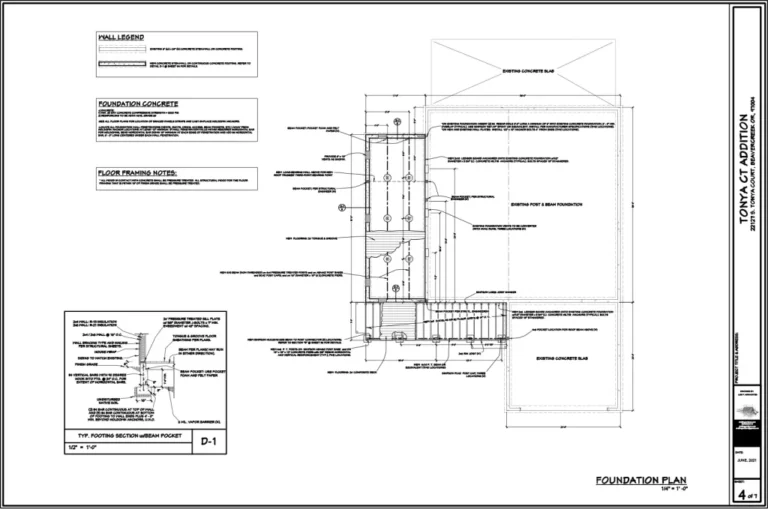Home Addition Plans: Key Considerations Before Starting
Things To Know Before Drafting Home Addition Plans
If you’re planning to add to your home, you will need approved home addition plans for permitting. The first step is to visit your local planning department to find out, among other things, the basic planning allowances for your property. It’s essential to determine if your home addition complies with zoning regulations. Among the most common zoning regulations to observe are:
- Setback distances: Setback means the areas, measured from the property line to any structure, within which building is prohibited, but which may include driveway areas or other similar surface improvements. In other words, it is the distance a building must be from the street as required by zoning laws.
- Maximum lot coverage: Maximum Lot Coverage is computed as the total amount of impervious surface on the lot divided by the total lot area. Impervious surfaces on a lot include, but are not limited to, building driveways, garage, porches, patios, private walks, accessory buildings, and any other impervious surfaces constructed on the lots.
- Maximum height: Your zoning code specifies the maximum height for your new home addition, hence the reason why it’s essential to check these regulations before beginning your home addition design.
Required drawing sheets for Home Addition Plans

Now that you know the zoning regulations to observe before proceeding with the elaboration of your home addition plans, you need to know which drawing sheets are required for your home addition plans. The usual drawing sheets are:
- Site Plan. The Site Plan is the drawing sheet that you need to communicate to your Planning Department the extension of your home addition in your home lot.
- Floor Plan. A floor plan is the layout of your existing home. Well, for home addition plans your floor plan has to communicate existing (e) and new (n) areas. The plan examiners will be considering how existing areas are impacted by the new addition among other structural code things.
- Foundation Plan. A foundation plan is indispensable for the approval of home addition plans for permitting. It ensures that the new structure is safe, compliant with regulations, and built to last, making it a fundamental element in the construction process.
- Framing Plan. The framing plan outlines the framework of the home addition, including the arrangement of walls, beams, columns, and load-bearing elements. It provides precise details on the size, spacing, and materials to be used in the construction. Local building codes and regulations have specific requirements for framing, including load-bearing capacity, fire-resistant materials, and construction techniques. A well-prepared framing plan ensures compliance with these codes, making it an essential component in the permitting process.
- Exterior Elevations. Exterior elevation drawings offer a detailed visual representation of how the home addition will look from the outside. This clarity is invaluable for both homeowners and permitting authorities to understand the project’s aesthetics and its impact on the surrounding area. Zoning codes often have specific requirements related to the appearance and placement of structures within a neighborhood. Exterior elevation drawings ensure that the proposed home addition aligns with these regulations, covering aspects such as building height, setback distances, and overall appearance.
- Sections and Details. Sections and Details drawings provide a deep dive into the structural and design elements of the home addition. They offer precise depictions of critical components, such as connections, materials, and construction techniques.
Whether it’s a single-story or two-story, don’t hesitate to get in touch if you need assistance generating plans for your home addition.





